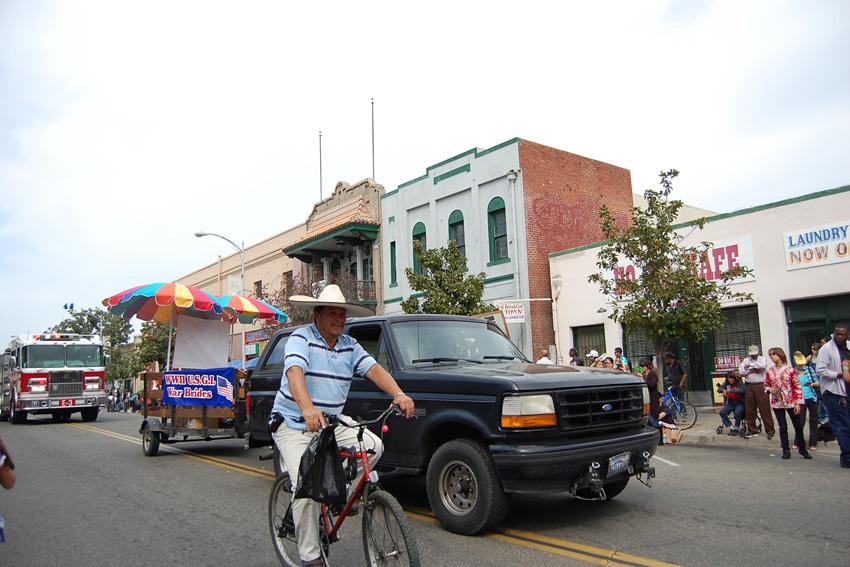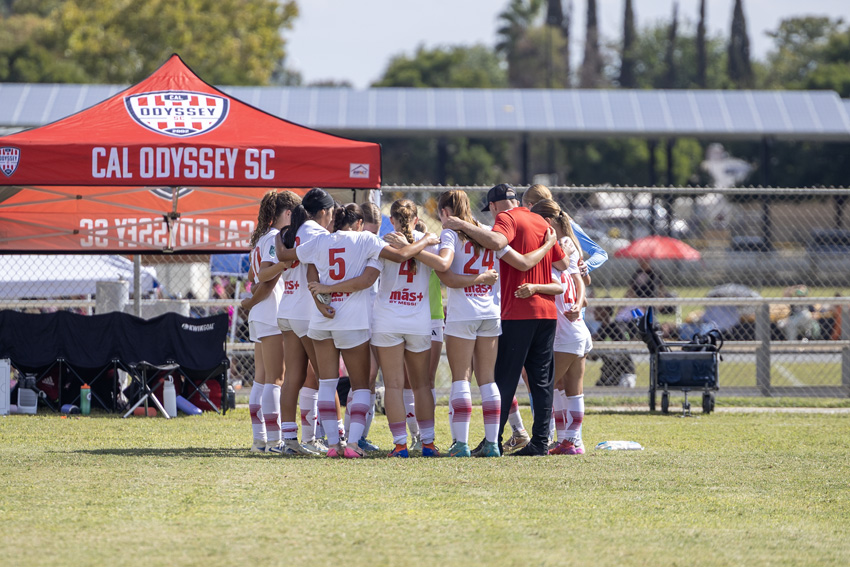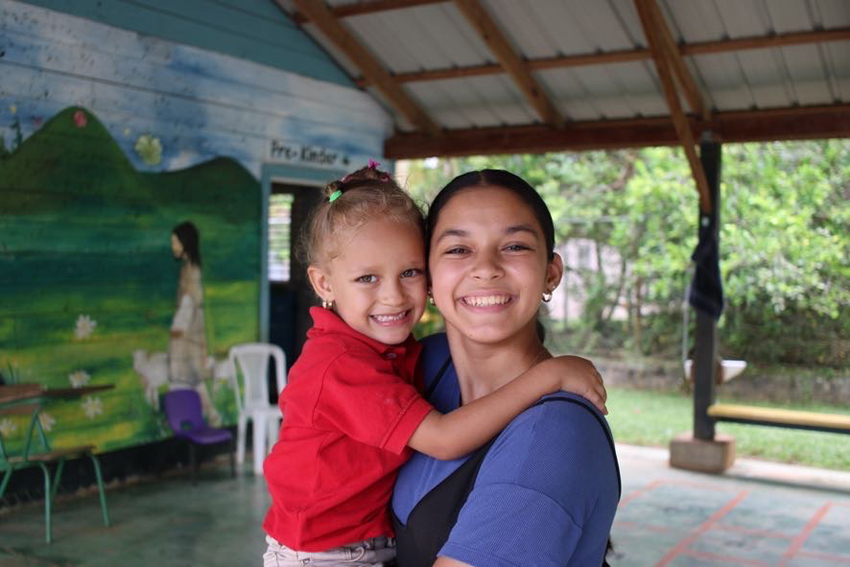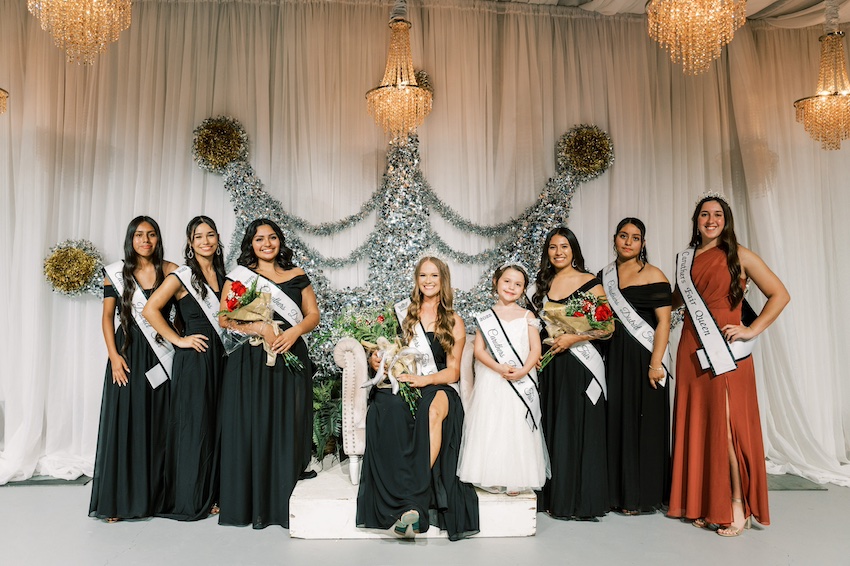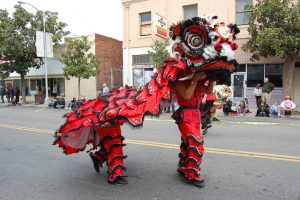
Festivities and parade headline important day
The Fresno Chinatown celebrates the 17th annual Chinese New Year annually on the first Saturday in March in downtown Fresno, March 4, this year. Festivities, which ran from 10 a.m. to 3 p.m., attracted over 2,000 visitors from scattered towns in the Central Valley.
“We get many calls every year enquiring why our celebration is conducted so late—after the actual Chinese New Year,” Jeremy Brownstein, Board Member of Fresno Chinatown, said. “The reason is that the weather tends to be much too cold and wet for a parade during the actual time of the Chinese New Year; thus, we have it later in hopes of warmer, sunnier weather. We also celebrate it on the first Saturday of March for the convenience of our participants and attendees; they know that the celebration is always the first Saturday in March.”
The Chinese have a very specific way of celebrating the New Year. They use a different calendar (Chinese calendar) to determine the date of the traditional festival. Therefore, the dates of Chinese festivals change every year.
During the Chinese New Year (also called “Spring Festival,”), different people from Asian culture walk down the street of the Fresno Chinatown (East & Fresno streets). Visitors see various kinds of demonstrations of ancient traditions, such as the display of red banners and performances of the lion dance, spreading revelry in the streets.
The parade started at noon and included the Lion Dancer, Big Head Doll, and Dragon Dancer. The “Gods of Wealth” followed on their heels and handed out hong bao to participants. A hong bao is a red rectangular envelope to put money in as a gift, and it is a customary practice during the Chinese New Year to give and receive hong bao.
The lion dance was the focus on the street, and is a familiar sight during the celebration of the Chinese New Year. The Chinese believe that this lively traditional dance combines art history and culture with the rigor of Chinese art movements.
Two dancers form the lion—one holds the lion’s head, performing movements forming the front part of the lion’s body; the other forms the body and tail of the lion through movements. They dance to the rhythm of drums and cymbals. According to traditional Chinese belief, the loud music that the lion dances to can scare away evil spirits and the ancient beast “Nian.”
This late New Year celebration brought prosperity to the 132-year-old Fresno Chinatown with the accompaniment of gongs and drums. People soaked up the merrymaking with eagerness and zest. However, a sleeping relic that lies beneath the Fresno Chinatown has been forgotten, much like downtown Fresno.
In 2007, an archaeologists team discovered a basement with tunnel systems under the Fresno Chinatown.
Those tunnels are rumored to have been used to enable people to travel underground. One tunnel extended underneath the dividing railway tracks so that people could reach Chinatown’s speakeasies undetected and can even escape when necessary.
The first Chinese group who arrived in the San Joaquin Valley, came there seeking to Gold Mountain. They settled along the “sinks of Dry Creek” when the railroad was established with “Fresno station.”
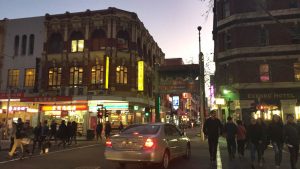
Their dreams of gold soon became reality. Chinese started on building the railroad tracks and creating other businesses such as laundries, saloons, stores, temples and churches, they also built Chinese and Japanese schools; in this manner, a small community grew.
Chinatown had the most vibrant nightlife in Fresno before World War II. Nobody could see from the streets that the tunnel system had once stretched beyond the railroad tracks into the traditionally white part of town, allowing white residents access to the illicit activity of Chinatown.
Restaurants were open whole day as were the gambling dens and bars. Some say these businesses were dismantled during Prohibition.
However, Chinatown was still thriving until the late 1950s, despite the “anti-suspender laws” and the redevelopment of the 1960s.
“Many of Chinatown’s buildings were torn down for new development or freeways,” Brownstein said, ”and much of its history was buried.”
Chinatown’s legends concern underground criminals, brothels, and opium dens. But, the truth is equally fascinating, and there is a lot of history underneath our feet. Just about every good deed or vice one can imagine has happened underground.
I had never traveled to downtown Fresno before this 17th parade, the yesterday prosperous of Fresno chinatown drenched me in its vitality. Therefore, after I participated in this Chinese New Year’s celebration, I decided to experience normal life in downtown Fresno and also the Chinatown there.
When I walked around the Fresno Chinatown again, though, yesterday’s vitality was already gone. The normal downtown felt like a scene from Western movies:
Nobody was on the streets. There were just cars parked there and homeless people on the sidewalks. Abandoned buildings were everywhere, with pieces of brick falling off. Most businesses were closed, and posters were stuck sporadically on walls.
Those remnants reflected some of the infamy of Fresno’s Chinatown. Chinatown was rumored that if someone was murdered in Chinatown, no police officer would investigate. What happened in Chinatown just stayed within Chinatown.
As I visited more and more places here, those fearful incidents reminded me of memories of all of the brilliant Chinatowns I had ever visited: Melbourne’s fancy; New York Flushing’s crowd, and Singapore’s genteel culture.
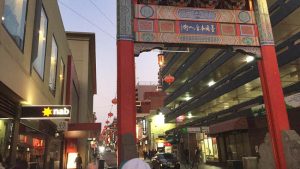
On East Street in Fresno, behind a thick iron door, there is a Chinese restaurant called Little Hong Kong. This is a small restaurant with six tables. The owners are Chinese-Indonesian, and they settled in Fresno seven years ago.
“There maybe used to be a crowd 20 years ago,” the owner said, “but now, most businesses have moved out.”
Yes, what is left to discover here in Fresno today is just remnants of unused basements and sealed windowsills. There are stories that maybe one of those sealed foundations is covering up a mysterious passage to a gambling den or an escape route for the notorious characters of Chinatown.
Renaissance
“Fresno Chinatown dated back to the early 1800s and flourished until urban sprawl [occurred] following World War II,” said Brownstein.
Jeremy Brownstein is a member of Chinatown Revitalization Inc., which represents Fresno’s historic Chinatown. The Chinese New Year celebration is not only intended to mark the Chinese New Year but also to display the diversity and uniqueness of this community both past and present.
[ The organization’s mission is to secure the history of our community through the establishment of a Fresno Chinatown cultural museum and learning center. In addition, this organization hopes to work with the city to open up our underground tunnels as an unrestricted tourist attraction and share the rich history and diversity of Chinatown.
Historically, Chinatown was established in 1885 and was the central hub of Fresno for years. In fact, a lot of Fresno’s cultural and ethnic communities treated Chinatown as their original home.
Throughout the early 1960s and up to the start of the 1990s, the years and the economic times were very hard in Chinatown, and many of the historic buildings deteriorated so that there are only treasured memories now.
However, in 1994, new business and social service organizations, residents, and past members of the West Fresno Merchants Association established Chinatown Revitalization Inc. to reinvigorate this truly unique area.
“We continue to work hard to preserve our history,” Brownstein said, “but face many barriers due to high-speed rail, the lack of political will, and an unaddressed homelessness issue in our community.”
Today, Fresno’s Chinatown is mostly run-down and is populated by homeless people.
When I got in an Uber to head home, the driver pointed to those homeless people standing on the side of the road and said,
“When I got the ride message, I really hoped I was not picking up those guys.”
I hope someday downtown Fresno will not be a place that many people hate to visit. One day, Chinatown and its underground tunnels might become a heritage tourism destination, bringing some income to the now impoverished area. And I hope the Fresno Chinatown will flourish again.
The Fresno Chinatown is going to hold a Underground Tunnel Tour April 8, 2017.
For another article, read: COLUMN: Learning from losing.

